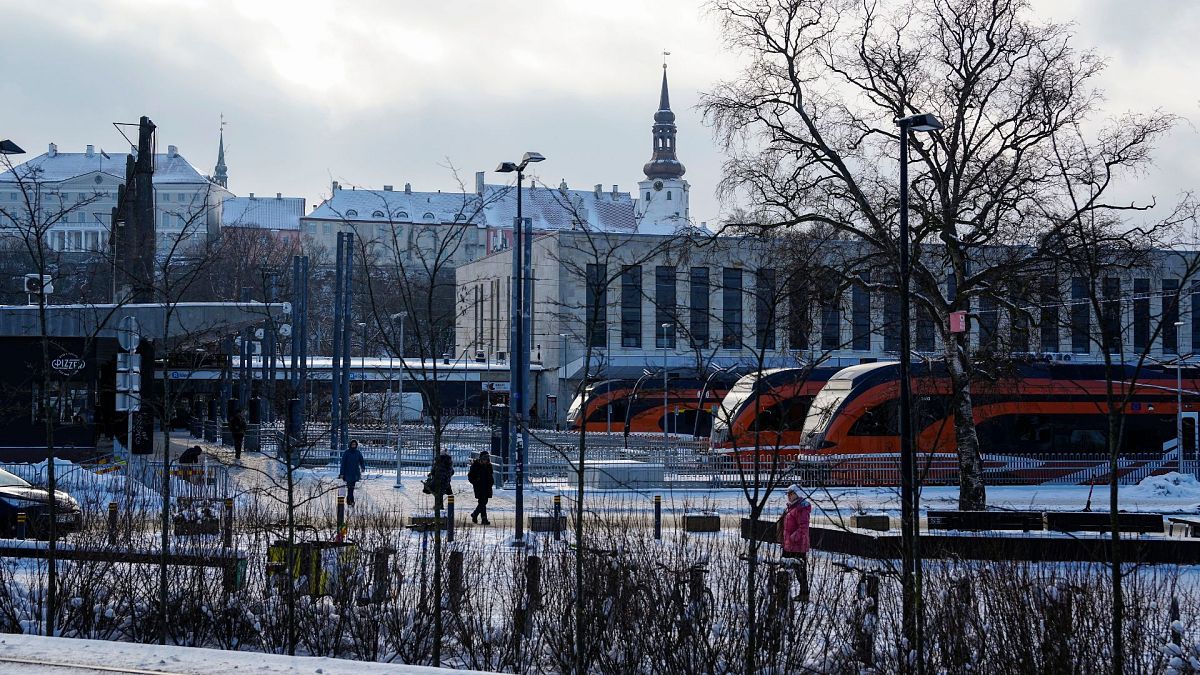Officials say the troubled and delayed Rail Baltica project is still set for completion by the end of the decade. Three Baltic states could be connected by high-speed rail by 2030. Originally planned to debut in 2025, the Rail Baltica project promises to connect Estonia, Latvia and Lithuania with one another and continental Europe.
The three countries said on Saturday they are committed to completing the financially troubled and badly delayed project by the end of the decade. It would link the capitals of , Riga and Vilnius on a new track with passenger trains running at speeds of up to 250 kph. The pan-Baltic joint venture was launched in 2014 with financing primarily provided by the European Union.

Vladimir Svet, the infrastructure minister, said on Saturday after an earlier meeting with the Latvian and Lithuanian transport ministers that “it is still our goal to start passenger and freight train traffic on the entire Rail Baltica route from 2030”. “However, we still have to keep an eye on the growth of costs and find ways to save money and build more efficiently,” he said in a statement. Part of the reason the Rail Baltica project has been so badly delayed is financial.
While the initial 2010 plan saw the project’s total cost at around €3.5 billion, a June joint report by auditors from the three states showcased the venture’s ballooning costs and said the project may need up to €19 billion more funding to be completed. It is unclear how much the EU, which has identified Rail Baltica as one of the key , is willing to inject money into the venture.
Construction of a new rail track, running a total length of 870 kilometres from Tallinn, Estonia, to Kaunas, , and onward to the Polish border, started in 2019 but has been marred by delays and disputes between the Baltic governments of the train’s routing. The venture is running at least five years behind as the first pan-Baltic passenger and cargo were supposed run on the new tracks in 2025. Critics of the project say the meagre population base in the Baltics - just over 6 million people live in the three Baltic states - makes the project economically unfeasible for passenger travel and its emphasis should be more on , also a key element in the venture.
Estonia, and Lithuania, all former Soviet republics, inherited the Soviet rail infrastructure system and the wider Russian gauge of 1,520 mm rails, when they regained their independence in the beginning of the 1990s. “The Rail Baltica project is a symbolic return of the to Europe - until the Second World War the Baltic States were already connected to Europe with 1,435 mm wide [gauge]," the Rail Baltica website says. “But since the middle of the 20th century the Baltic countries have been mainly linked to an East-West railway axis using the gauge 1,520 mm rails,” it says.
Once completed, the high-speed train is set to cover the 660 kilometre journey from Tallinn to the Lithuanian capital, , in three hours and 38 minutes, offering a substantial time savings to the current car or bus ride of up to nine hours. With additional rail connections, the north-south Rail Baltica will connect the Baltic states with , Poland, and, eventually, - a key target of the Baltic governments. Due to the changed geopolitical situation in the Baltic Sea region following Russia's full-scale invasion of , Estonia, Latvia and Lithuania - all sharing borders with Russia - are stressing that the need to invest in infrastructure, which enables fast and large quantities of military equipment to be transported, has grown significantly.
, strongly linked to Estonia by numerous ferry connections from Helsinki to Tallinn through the Baltic Sea, is indirectly involved in the venture..



















